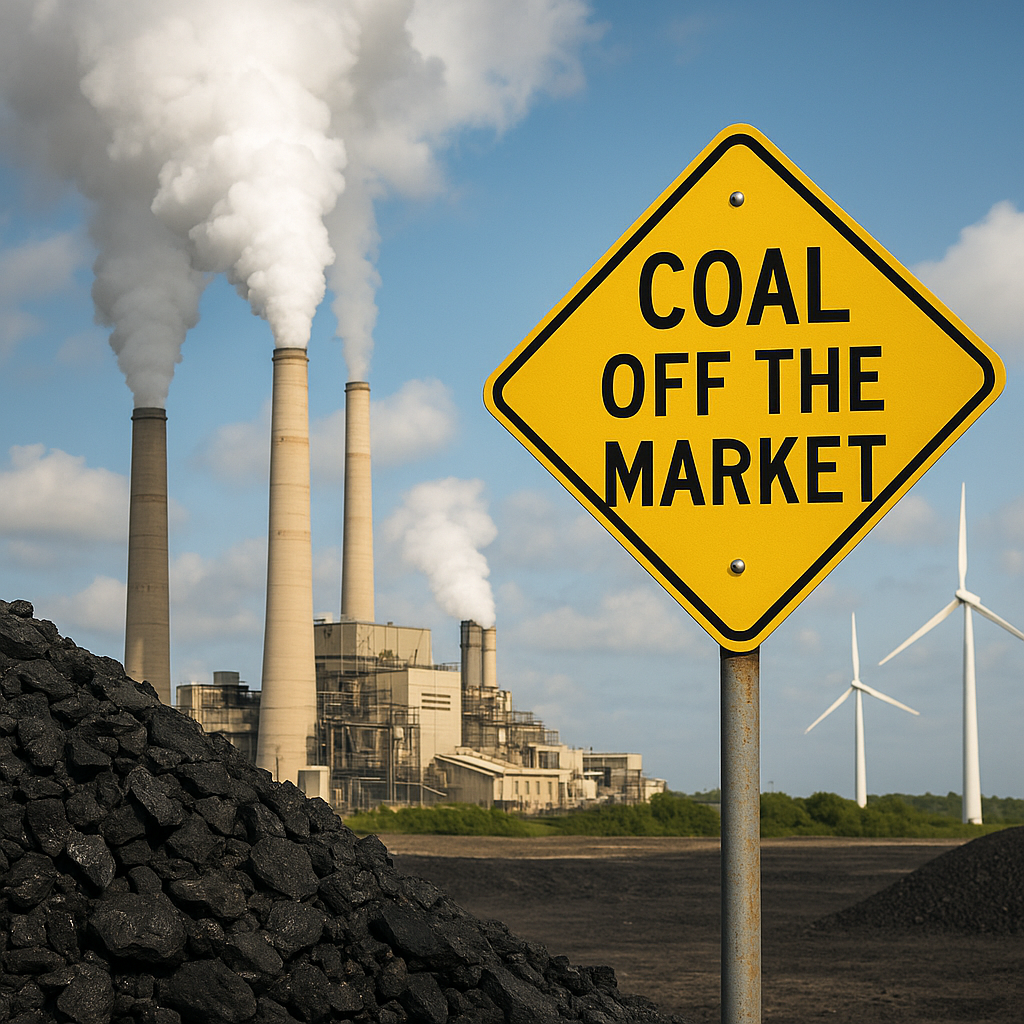
The global landscape of energy production is undergoing a profound transformation as nations, corporations, and investors reassess the role of coal in a carbon-constrained future. From shifts in carbon pricing policies to mounting pressure for sustainability disclosures, coal is losing ground to cleaner alternatives. Meanwhile, the dynamics of coal stock markets reflect evolving investment strategies that prioritize environmental, social, and governance factors. This article delves into the forces reshaping coal’s trajectory, analyzes stock market implications, and explores the path toward a post-coal era.
Global Policy Shifts Affecting Coal Demand
Carbon Pricing and Emissions Regulations
Governments around the world are increasingly adopting carbon pricing mechanisms—such as emissions trading systems and carbon taxes—to make high-polluting fuels less competitive. In Europe’s Emissions Trading System (EU ETS), the price per ton of CO₂ has soared past €80, driving up the operational costs of coal-fired power plants. Similar schemes in Canada, South Korea, and parts of China have contributed to a steady decline in coal’s market share.
Renewable Energy Mandates
Renewable portfolio standards and feed-in tariffs are compelling utilities to replace coal with renewables like wind and solar. Countries such as Germany and Spain have enacted ambitious targets—50% of electricity from renewables by 2030—while emerging economies like India and Brazil are ramping up large-scale solar auctions. These mandates reduce baseload capacity allocated to coal, leading to plant retirements and capacity reallocations.
International Agreements and Coal Phase-Out Plans
The Paris Agreement elevated ambitions for net-zero emissions, prompting coal-exporting nations to revise long-term strategies. The United Kingdom and France have set coal phase-out dates by 2025, and Canada plans to shutter all unabated coal plants by 2030. On the supply side, Indonesia—the world’s largest thermal coal exporter—has announced moratoria on new mine permits, signaling an intention to curb production growth.
Coal Stock Market Dynamics and Investor Behavior
Divestment Movements and ESG Integration
Institutional investors are increasingly driven by Environmental, Social, and Governance (ESG) criteria, leading to significant divestment from coal assets. Major pension funds, sovereign wealth funds, and insurance companies have pledged to avoid new coal-related investments. BlackRock, for instance, announced restrictions on financing for companies deriving more than 25% of revenues from thermal coal, reflecting a broader industry pivot.
Financial Performance Trends
Coal company valuations have struggled under the weight of regulatory uncertainty and market oversupply. Share prices of leading miners declined on average by 30% over the past five years, while bond yields spiked—indicating higher perceived risk. This contrasts sharply with the robust performance of renewable energy firms, which saw share price gains exceeding 50% over the same period.
Credit Ratings and Lending Policies
Credit rating agencies are factoring climate risk into sovereign and corporate assessments. Moody’s and S&P have downgraded coal-dependent utilities in multiple jurisdictions due to anticipated carbon compliance costs. In parallel, major banks like BNP Paribas and ING have tightened lending policies, capping exposure to the coal sector or applying stricter loan covenants tied to emission reductions.
- Rising cost of capital for coal projects
- Increased risk premiums on coal bonds
- Shift of capital toward low-carbon infrastructure
Challenges and Opportunities in Transitioning Away from Coal
Economic and Social Considerations
Regions reliant on coal mining face daunting economic transitions. In Appalachia (USA) and Shanxi Province (China), coal has underpinned local economies for decades. Job losses and reduced tax revenue pose social challenges that demand holistic solutions—retraining programs, investment in infrastructure for clean energy, and support for small businesses in affected communities.
Technological Innovations
Advancements in carbon capture, utilization, and storage (CCUS) offer a potential lifeline for some existing coal plants. While still in nascent stages, CCUS pilot projects in the Netherlands and Canada demonstrate feasibility in trapping up to 90% of emissions. Meanwhile, innovation in grid-scale battery storage is addressing the intermittency of renewables, further eroding coal’s comparative advantage.
Policy Incentives and Just Transition Frameworks
To ensure an equitable shift away from coal, policymakers are crafting Just Transition frameworks. The European Union’s Just Transition Mechanism directs €17.5 billion to coal regions for upskilling, infrastructure upgrades, and business diversification. In South Africa, the Presidential Climate Commission recommends a social compact to attract private capital for renewable projects in former mining districts.
The Future of Coal in a Decarbonizing World
Emerging Markets and Residual Demand
Though demand in developed economies is waning, emerging markets still rely heavily on coal for electrification. Southeast Asia, Africa, and parts of Latin America continue to commission new plants. However, cost parity between solar-plus-storage and coal in many regions means that even these markets are likely to leapfrog to cleaner alternatives, curbing future coal growth.
Stranded Asset Risk
Analysts warn of increasing stranded asset risk as coal reserves and plants lose economic viability before the end of their technical life. The Carbon Tracker Initiative estimates that up to $500 billion worth of coal assets could become stranded by 2040 under a 2°C warming scenario. This risk reverberates through financial markets, affecting insurers, lenders, and pension funds.
Pathways for Remaining Coal Use
In sectors where high-grade heat is crucial—such as cement and steel manufacturing—coal alternatives remain limited. Bioenergy with carbon capture (BECCS) and hydrogen from natural gas are under exploration. For power generation, hybrid systems combining coal with biomass or hydrogen blending could extend operational periods while shrinking the carbon footprint.
Concluding Thoughts
The global push against coal is both multifaceted and accelerating. Driven by stringent regulations, shifting investor preferences, and competitive renewables, coal’s share in the global energy mix is on a downward trajectory. Yet the transition must be managed carefully to mitigate social impacts and ensure energy security. The investments made today in low-carbon technologies, workforce development, and resilient infrastructure will determine whether the world can achieve a just and effective move beyond coal.

